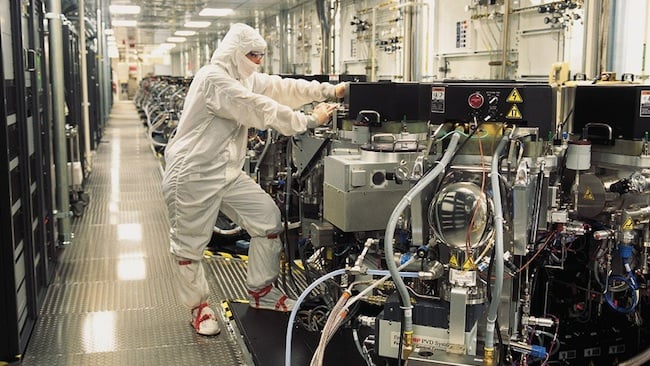Researchers at Samsung Electronics have “gotten rid of the biggest barrier in the commercialization of graphene” according to Park Seong-jun of the Samsung Advanced Institute of Technology. They created what they’re calling a “graphene barristor” which will enable them to eventually make processors that aren’t based on traditional silicon, but instead on carbon. Now if your head is spinning, let’s break things down a bit. Processors, like the one in your laptop or mobile phone, contain millions, sometimes even billions, of transistors. Transistors are nothing more than on/off switches that turn on and off millions of times per second. Now in order for the processor to work properly, it needs to be able to rely on the fact that the transistors it’s composed of are either on or off. Applying too much voltage to a processor can sometimes make transistors malfunction. Shrinking transistors also means that electrons might slip through a transistor when they weren’t supposed to. That’s called leakage.
Today’s processors are made out of silicon, but no one is really sure how much longer that material will be viable. Intel’s roadmap stretches out until 2015, but as we said earlier, shrinking transistors poses some problems. Enter graphene, which is a material that’s essentially a one atom thick sheet of carbon. The problem with graphene is that it’s a semi-metal, so turning it into an on/off switch is incredibly hard. This is where Seong-jun and his team come in. They used something called a “Schottky barrier” to get around the issues that come with using graphene to create transistors.
This writer would love to tell you what the “Schottky barrier” is, but he majored in Chemistry instead of electrical engineering. Anyway, the important question is when will actual products based on this technology hit the market?
If Samsung is to be believed, then roughly eight years.
What does this story have to do with mobile? Phones wouldn’t be what they are today if it wasn’t for this type of research. It’s hard, and it’s nice to see that Samsung of all companies is working on problems like these. Apple gets a lot of credit for making amazing software, but few people appreciate the science required to make the components that make that amazing software run in the first place.
